8 HO-T5 or one 200W VitaLme CF?
beholder
17 years ago
Related Stories

DECORATING GUIDESRoom of the Day: Redesign Energizes a Ho-Hum Office and Living Space
A couple find common ground in their combined office and living room decorated on a budget
Full Story
REMODELING GUIDESOne Guy Found a $175,000 Comic in His Wall. What Has Your Home Hidden?
Have you found a treasure, large or small, when remodeling your house? We want to see it!
Full Story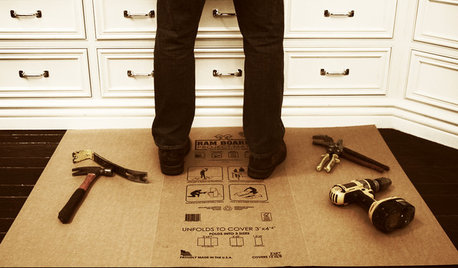
BATHROOM DESIGNOut With the Old Tile: 8 Steps to Prep for Demolition
This isn't a light DIY project: You'll need heavy-duty tools and plenty of protection for your home and yourself
Full Story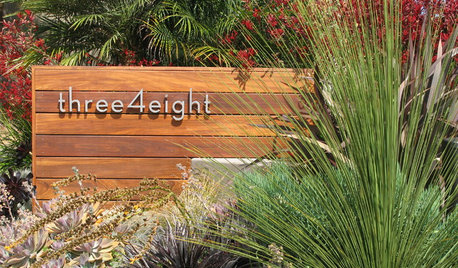
ACCESSORIES8 Low-Cost Luxuries With a Big Payoff
Consider the small stuff — like switch plates and throw pillows — to give your home a touch of class
Full Story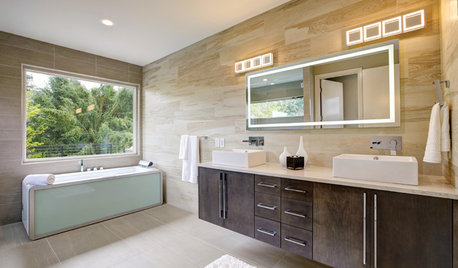
BATHROOM DESIGN8 Elements of Contemporary-Style Bathrooms
Does a sharp, clean and uncluttered bathroom sound good to you? If so, a contemporary design could be the key
Full Story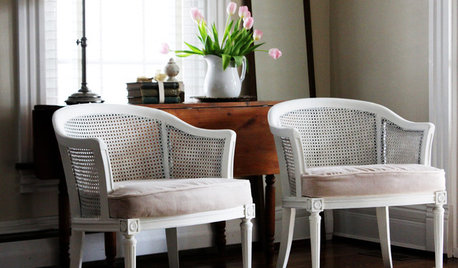
BUDGET DECORATINGBudget Decorator: 8 Ways to Make Old Furniture Look Brand New
Learn stripping, staining, painting and reupholstering basics to make bargain-basement furniture worthy of center stage at home
Full Story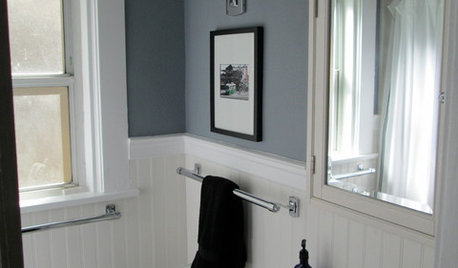
BATHROOM DESIGNMakeover Magic: Period Style for an All-New 1920s Bathroom
Leaky fixtures and water damage got the heave-ho, while the entire bathroom got a crisp new look in line with the home's style
Full Story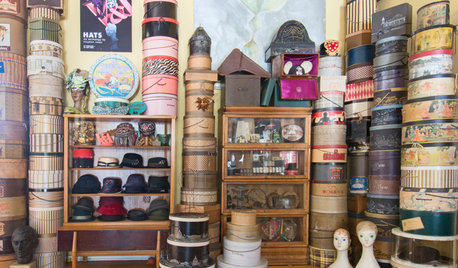
MY HOUZZMy Houzz: A Hat Collection in Los Angeles That’s Hard to Top
A makeup artist’s lifelong passion for designer hats lends eccentric charm to her apartment in the NoHo arts district
Full Story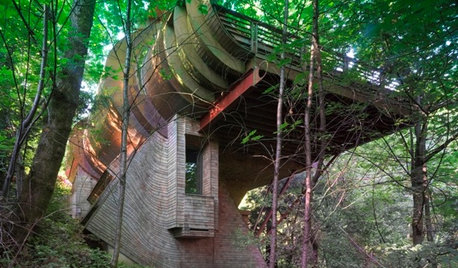
LIFEYou Said It: ‘It’s Different ... But Then, Aren’t You?’ and More Wisdom
Highlights from the week include celebrating individuality and cutting ourselves some decorating slack
Full Story
FLOORS5 Benefits to Concrete Floors for Everyday Living
Get low-maintenance home flooring that creates high impact and works with home styles from traditional to modern
Full StoryMore Discussions






shrubs_n_bulbs
ralleia
Related Professionals
Bellflower Landscape Architects & Landscape Designers · Grand Haven Landscape Architects & Landscape Designers · Bridgeport Landscape Contractors · Cerritos Landscape Contractors · Chelmsford Landscape Contractors · National City Landscape Contractors · North Plainfield Landscape Contractors · Tinton Falls Landscape Contractors · Homestead Fence Contractors · Leesburg Fence Contractors · New Haven Fence Contractors · Novato Fence Contractors · Brentwood Roofing & Gutters · South Pasadena Roofing & Gutters · Walnut Creek Roofing & Guttersshrubs_n_bulbs
ralleia
habman
beholderOriginal Author
beholderOriginal Author
shrubs_n_bulbs
shrubs_n_bulbs
ralleia
shrubs_n_bulbs